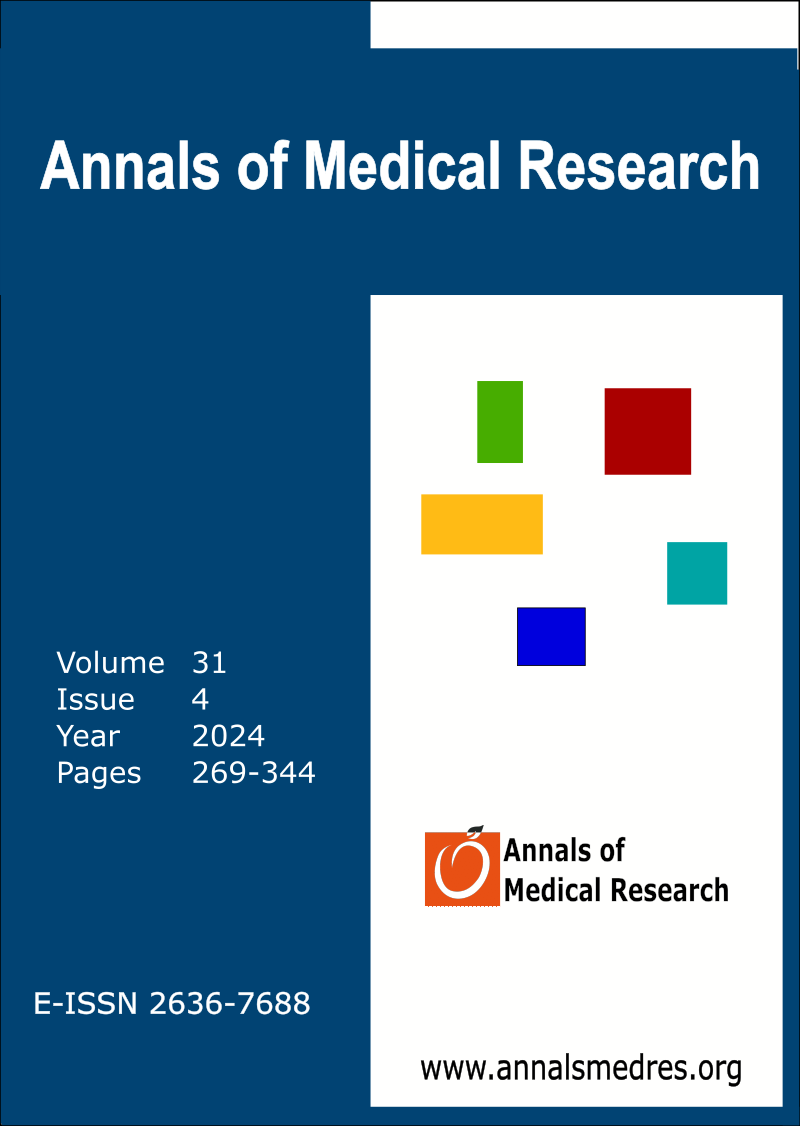Factors affecting yo-yo syndrome in university students with obesity
Keywords:
Yo-yo syndrome, Obesity, DietAbstract
Aim: Millions of people of all ages around the world are overweight or obese. Although many try dieting to lose their excess weight, the success rate is 20%, and only 2% are able to control their weight. This process becomes a vicious cycle of constantly gaining and losing weight, which is called yo-yo syndrome. Previous studies have found that obesity awareness was low in samples of university students. The present study aimed to determine the reasons that obese university students develop yo-yo syndrome by analyzing their dietary histories.
Materials and Methods: This qualitative study applied a phenomenological research method. The study population consisted of nine students in various faculties at Ordu University. Semi-structured interviews were conducted, and demographic information, such as age and gender, was collected to determine the number of diets that were started and stopped. Data were collected from the Faculty of Education.
Results: The following themes emerged from the data analysis: defense mechanisms in the categories of rationalization, denial, and projection; boredom in the category of boredom; health in the categories of fear of disease and death anxiety; social–physical anxiety in the categories of bodily discontent and mockery; and social anxiety in the categories of cultural pressure, peer relationships, and close relationships.
Conclusion: The reasons that the university students in the study sample developed yo-yo syndrome were identified according to the categories and themes that emerged from the data analysis. Based on these findings, it has been suggested that psycho-education, psychiatric treatment, and follow-ups would be beneficial in treating yo-yo syndrome.
Downloads
Published
Issue
Section
License
Copyright (c) 2024 The author(s)

This work is licensed under a Creative Commons Attribution-NonCommercial-NoDerivatives 4.0 International License.
CC Attribution-NonCommercial-NoDerivatives 4.0






